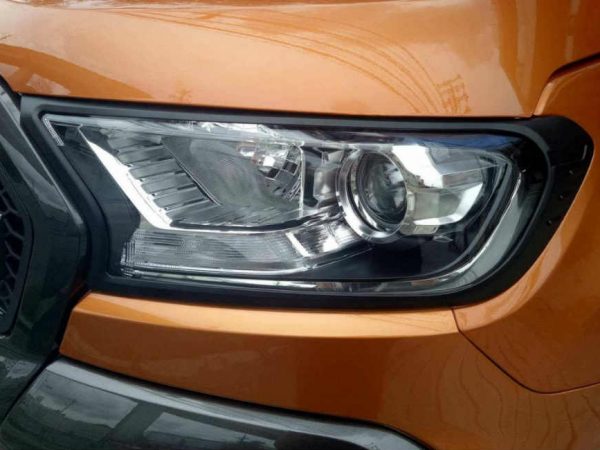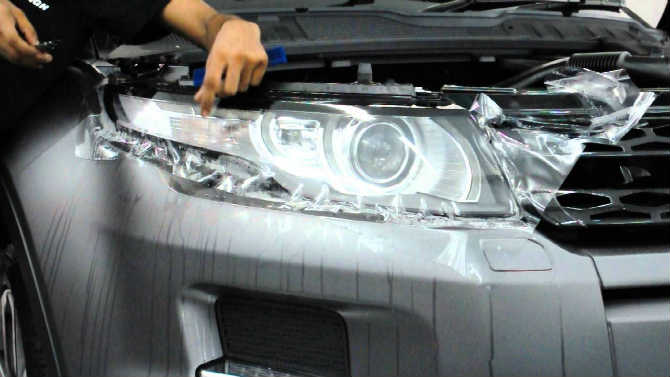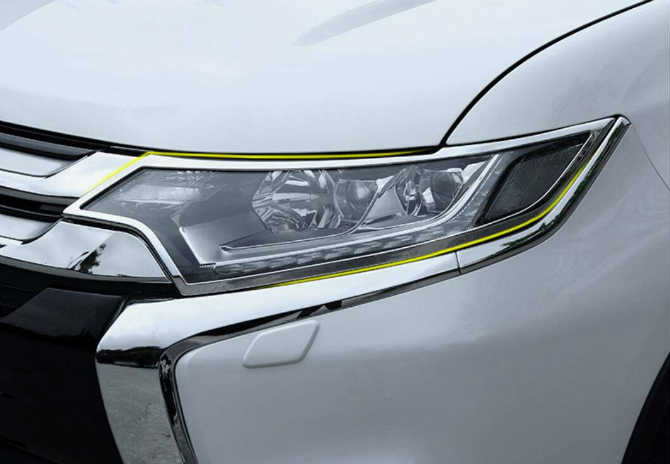10
Aug

Your vehicle’s headlights are one of the parts that are most susceptible to damage in the event of a collision. Headlight covers are an accessory that can add a bit of extra protection to the headlight, as well as change how your vehicle looks. Many people don’t pay attention to the state of their headlight covers as they do to the headlight bulbs. As a result, they end up with dimmed or damaged headlights. When neglected, the cover can become cloudy or discoloured, which can affect how much illumination your headlights emit. Most people think the headlights in their vehicles are one single part, when in reality, they’re made up of several. The overall performance and effectiveness of a headlight depend on how well all these parts work together. The most important parts of a headlight include:

All of these parts play a role in the proper functioning and performance of headlights, but let’s focus on the oftentimes neglected parts – covers. There are two types of covers available – covers with dispersion optics and covers without dispersion optics. The first type plays a role in how the light is focused. The bulb emits a light that’s called luminous flux. The reflector captures the flux, gathers it and focuses it on the road. Some covers help the reflector deflect the illumination on the road. The headlight cover lenses that feature dispersion optics can focus or scatter the beam. On the other hand, covers without dispersion optics are present in most modern headlights, and the cover and headlight ring serve as protection only. This type of covers don’t allow the light to be restricted by unfavourable weather conditions, allowing the driver to clearly see the road at night.
Cover lenses are either made from polycarbonate plastic or glass. Polycarbonate plastic covers are becoming more popular due to headlight tech changes, and due to the fact that they aren’t as prone to breaking from the impact of the crash. Additionally, they’re lighter and don’t shatter as easily. Furthermore, they’re usually coated, making them scratch-proof. The only disadvantage to these covers is that they can become cloudy or yellowish over time. There are a few different reasons why polycarbonate plastic covers can end up discoloured, including dust, dirt and other grime accumulating on the coating, physical damage to the lenses or coating, water vapour that ends up inside the lenses, and oxidation that’s a result by sunlight.

Polycarbonate plastic doesn’t trap grime and dirt from the road easily, but if you don’t clean the headlights regularly, layers of grime and dust can gather, resulting in a yellow film. Physical damage to the lenses can also cause discolouration, although this is pretty rare. Impact problems can result in debris ending up lodged in the cracks. This can diminish the clarity of the lenses. If water vapour ends up trapped behind the lenses, it may make the headlights foggy. But the main reason polycarbonate plastic headlights end up discoloured is sunlight. This is simply because they’re exposed to it for most of the day, and the UV rays can cause microscopic cracks. When this occurs, oxidation sets in and the cover develops a yellow hue and may appear cloudy, foggy or hazy. This is why some covers are coated with anti-scratch and anti UV coating. But keep in mind that the coating can fade away with time as it’s exposed to the elements.
Discoloured covers are a major issue that can affect driving. Many drivers don’t think it’s that big of a deal, simply because the operation of the headlights isn’t affected. Even though the bulb may keep emitting light, discolouration takes a great toll on the brightness of your headlights. That being said, it’s recommended you prevent discolouration. On average, the covers can become discolored within a three to five year period, or even quicker without proper care. The first step to prevention is awareness. Routinely inspect your headlight covers for signs of haziness. Next, wash them regularly, both on the outside and inside. The best way to do that is to completely remove them, then letting them dry before reinstalling. Use only gentle cloths and chemicals, as harsh chemicals may damage the coating, leading to oxidation. Most people would recommend that you have the headlights inspected by a professional mechanic at least twice a year, as they can help you spot signs of wear which you may miss yourself.